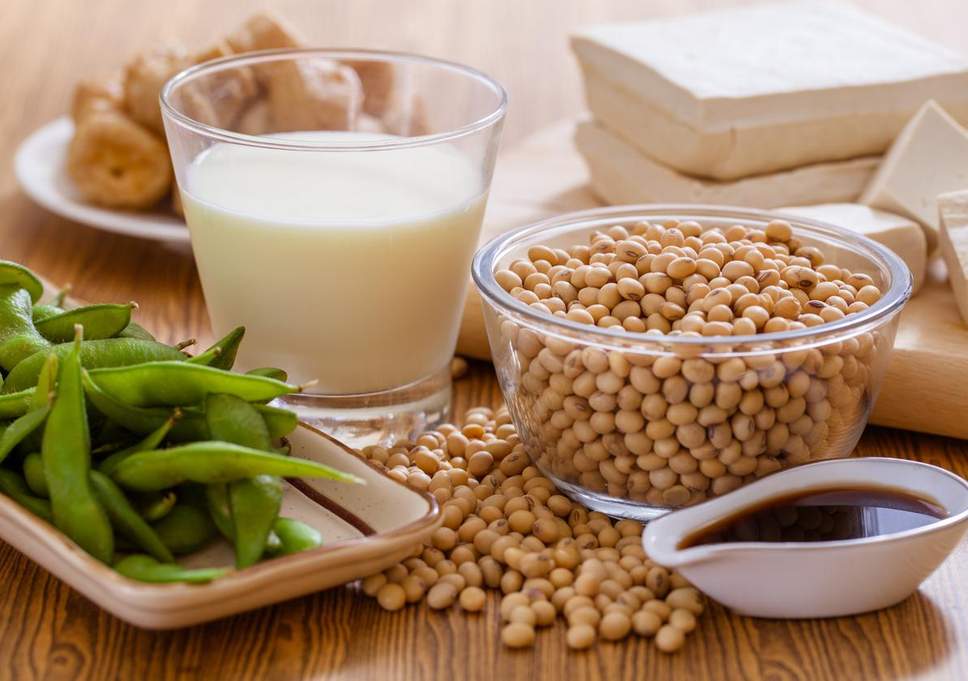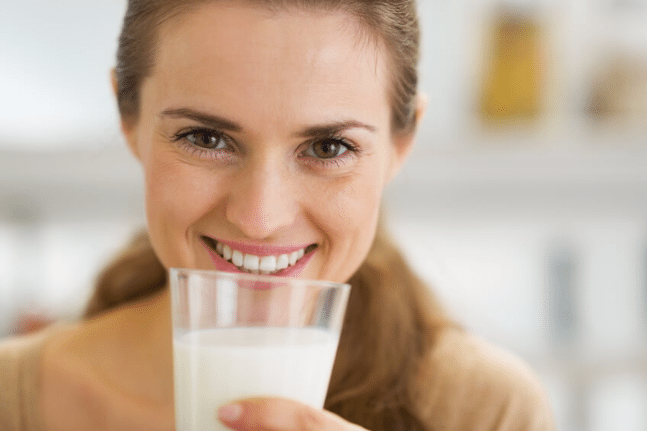Soy diet may increase bone strength in women
The researchers believe that soy protein might also have positive impacts on bone strength for women who have not yet reached menopause.

Washington D.C: Women undergoing menopause face serious health concerns including osteoporosis, decreased physical activity and weight gain.
In a new animal study, researchers from the University of Missouri now have discovered that soy protein found in food might counter the negative effects of menopause on bone and metabolic health.

Also Read: Drink tequila for good bone health
Moreover, the researchers believe that soy protein might also have positive impacts on bone strength for women who have not yet reached menopause.
Also Read |
Health Tip for Women: Higher dietary fibre intake in young women may reduce breast cancer risk
Professor of nutrition and exercise physiology, Pamela Hinton said, "The findings suggest that all women might see improved bone strength by adding some soy-based whole foods, such as tofu and soy milk, to their diet."
Hinton along with, co-author and associate professor of nutrition and exercise physiology, Victoria Vieira-Potter, studied the effects of soy versus corn-based diets on rats selectively bred to have low fitness levels.

"Prior research has shown that these rats are good models, average American women are relatively inactive both before, and especially after, menopause," said Vieira-Potter.
Also Read: Exercise may help burn bone fat and improve quality
Also Read |
Stress can cause decrease in lactation
She added, "As such, understanding how dietary protein sources, such as soy, can impact metabolism and bone health in these rats can help us better understand how such diets might impact women's health across the lifespan."
The researchers found that the tibia bones of the rats that were fed soy were stronger compared to the rats who were fed the corn-based diet, regardless of ovarian hormone status. Moreover, they found that the soy-based diet also improved the metabolic function of the rats both with and without ovaries.
The full findings are present in the journal- Bone Reports. (ANI)
 Dynamite News
Dynamite News 